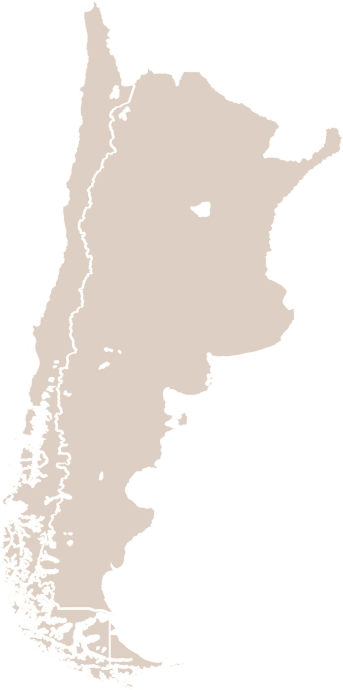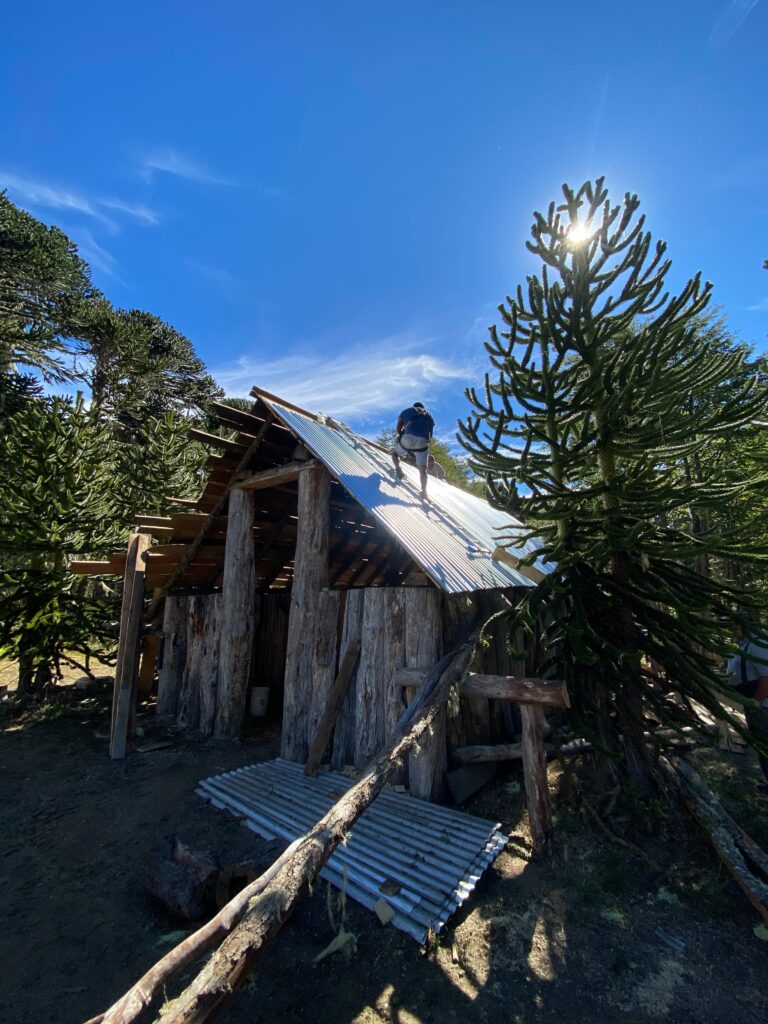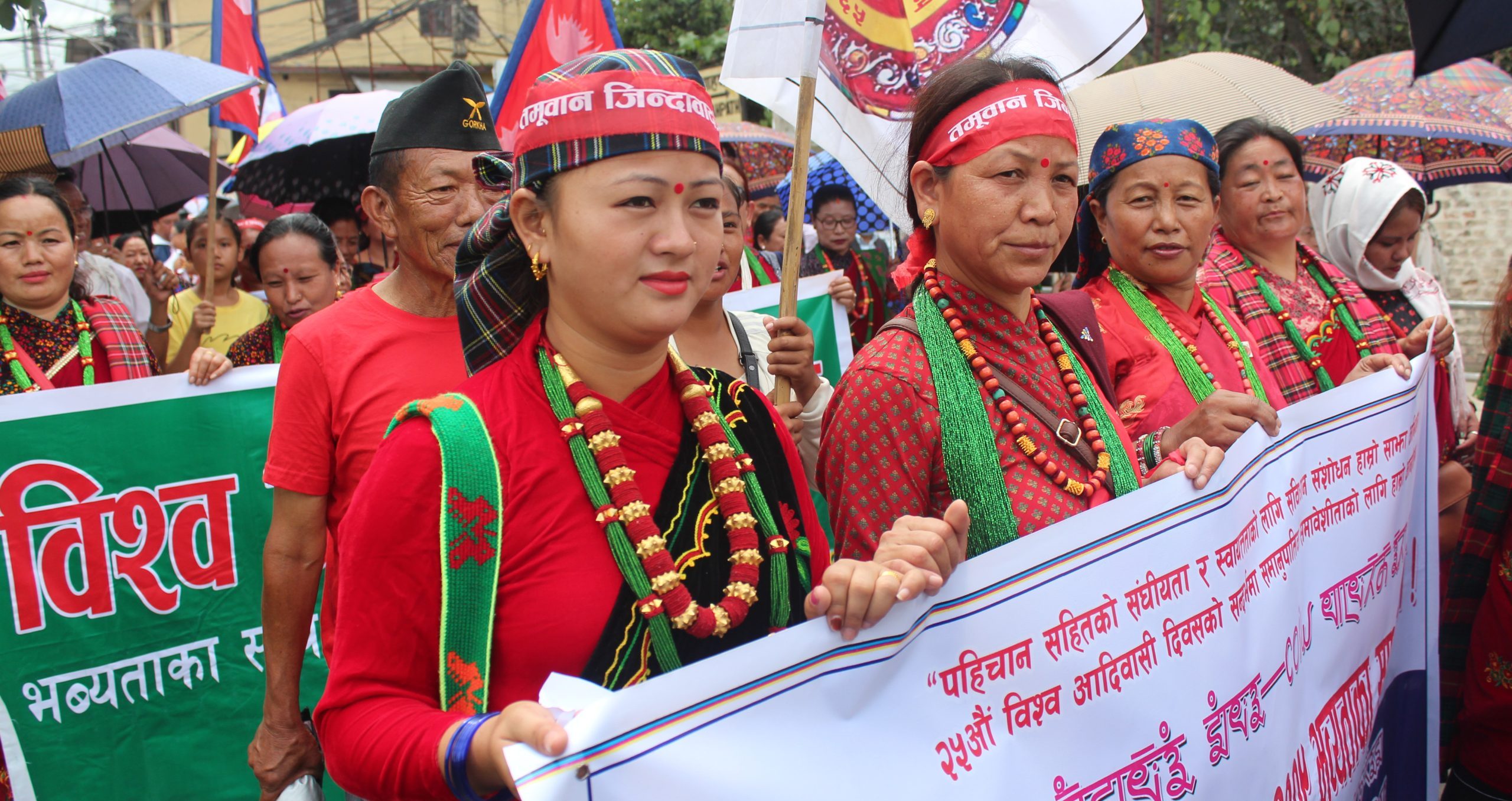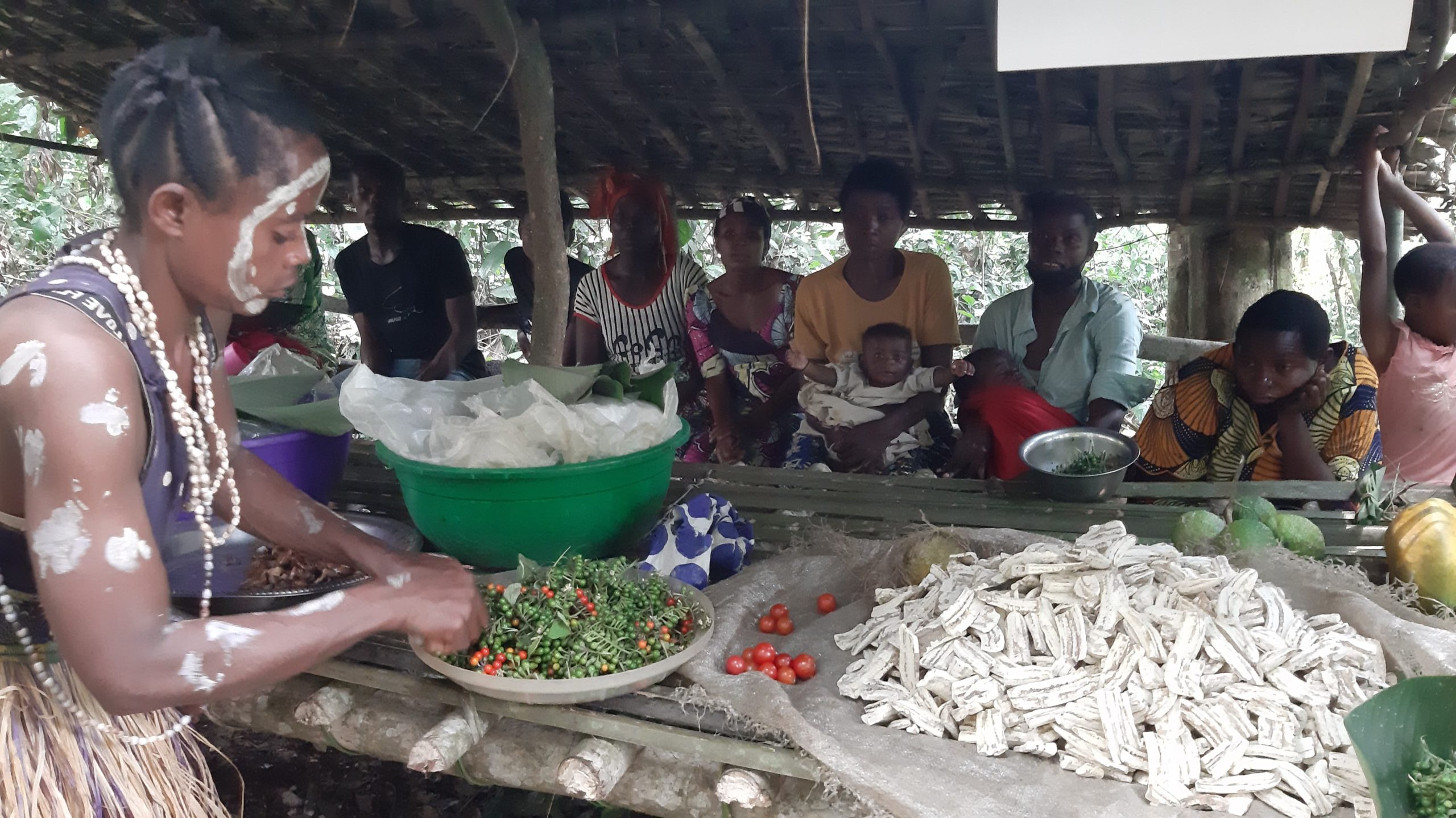
Futa Mawiza Biocultural Territory
In the Andean Cordillera, in the Futa Mawiza biocultural territory, an alliance of organizations dedicates its work to safeguarding the governance of ...
In Argentina and Chile, the Futa Mawiza Initiative will drive a process of self-empowerment, based on the Mapuche cosmovision, to strengthen the governance and safeguarding practices in the Futa Mawiza Biocultural Territory. The consortium will create a school for the transmission of traditional knowledge in project management and financial resource management.
Under this initiative, managed as two Indigenous-led initiatives, one in Argentina and one in Chile, ICI aims to improve the management of 22,205 hectares in Argentina, engaging 2,500 direct project stakeholders, and 245,896 hectares in Chile, engaging 3,500 direct project stakeholders.
Conduct participatory cultural mapping of the territory (Mapuche cultural mapping) that reflects the Mapuche worldview, threats and culturally important spaces
Develop management and territorial governance plans, with differentiated proposals for community conserved areas and those overlapping with state PAs
Develop Biocultural Community Protocols for the protection of lof (community) and Futa Mawiza Territory
Train and coach village councils and natural resource committees responsible for managing rangeland and forest resources (e.g., holistic grazing and rangeland restoration principles, watershed protection)
Facilitate establishment, training and coaching of multi-village rangeland committees and link them to district and national level Rangeland Councils using a nested approach to support community-conserved areas
Train and coach WRLFs, youth, and traditional leaders in land and natural resource management to improve broad community engagement and inclusion in decision-making
Equip and train village grazing coordinators and community natural resource monitors responsible for ecological monitoring, protection, and enforcement of agreed plans and by-laws
Develop plans and projects for each lof or community that contribute to the protection of the territory and the kvme felen (good living) of the communities
Execute plans and projects prioritized by each community (tourism, ecological production, food sovereignty, inventory and safeguarding of seeds, etc.)
Develop and implement projects to strengthen the protection and conservation of the Futa Mawiza territory (e.g. tourism network, exchange networks (trafkintu), etc.)

ArgentinaChile
454,409491,792
59,29321,952
Global Biodiversity Hotspots and High Biodiversity Wilderness Areas:
Winter Rainfall-Valdivian Forests (Chile)
Key Biodiversity Areas:
Nahuel Huapi National Park and Reserve (Argentina)
Important Bird Areas:
Aluminé-Moquehue;Parque Nacional Lanín; Nahuel Huapi National Park and Reserve (Argentina)
Parque Nacional Huerquehe; Parque Nacional Villarica (Chile)
Biosphere Reserves:
Araucarias Biosphere Reserve (Chile)
Reserva de la Biósfera Andino Norpatagónica (Argentina)
Protected Areas/ Wildlife Management Areas/etc.:
Villarrica National Park; Villarrica National Reserve; Huerquehue National Park; Mocho Choshuenco National Reserve; Lanín National Park; Nahuel Huapi National Park

Argentina 3%Chile 3%
Argentina 2 Chile 2
The Futa Mawiza Biocultural Territory located in Argentina and Chile contains glaciers, river sources and a complex network of basins, lakes and lagoons next to the Andean Patagonian forests or the so-called “cold forest” where the mountain forests predominate. The territory is also located in the Valdiviana ecoregion, which is characterized by evergreen forests of multiple strata, and is the only temperate rainforest in South America. Due to its geographical isolation, it stands out for its high number of endemic species and for being a refuge for the flora of Antarctica Antigua. Chile’s extreme range from the northern Atacama Desert to southern Patagonia creates very varied landscapes, with recent analyses identifying 30 ecosystems. Ecosystems dominated by native vegetation cover 76 percent of the country, with another 17 percent covered by desert ecosystems. A large portion of the subproject area is considered a biodiversity hotspot and highly threatened.
Before the arrival of the Spanish and the creation of the Chilean and Argentinian states, the Mapuche people developed their own socio-political organization and a complete and complex territorial structure, inserted in a “universal whole”, with divinities and powers that morally sanctioned the obligations by which one should live in harmony with animal, mineral, vegetable and human nature. Many of these practices have become less common, but the central elements of the az mapun (Mapuche normative system) still remain within the lof, now called communities. The Mapuche culture has resisted consecutive efforts to eradicate, dominate and later – through various public policies – to assimilate and integrate the Mapuche people into the nation states of Chile and Argentina. Both states overlap with the so-called Wallmapu (land that surrounds us), where social and cultural knowledge and practices are kept alive, with an oral tradition maintained by generations. Wallmapu encompasses mountains, forests, rivers, and all forms of life. Protected areas were created in this area without the prior, free and informed consent of the Mapuche people and in some cases through military force and eviction. The Mapuche people are looking to move towards full or shared governance of these areas. The Mapuche concept of life is rooted in and guided by the communal, by the collective, since what happens to one of the newen (nature spirits) also has repercussions at the collective level, and therefore at the level of all the spatial dimensions of the territory.

In the Andean Cordillera, in the Futa Mawiza biocultural territory, an alliance of organizations dedicates its work to safeguarding the governance of ...

In Nepal, a key ecological hotspot where Indigenous Peoples have lived since time immemorial, the Nepal Federation of Indigenous Nationalities (NEFIN)...

Alliance Nationale d'Appui et de Promotion des Aires et territoires conservés par les Peuples Autochtones et Communautés locales en République Dém...